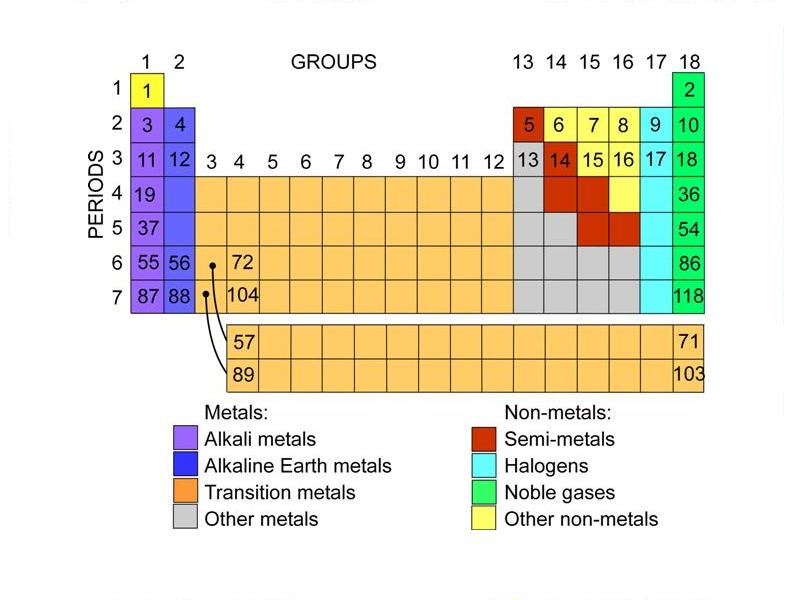Which direction across a period on the periodic table do ionization energies generally increase?
Answer: Left to right.
Which element in Period 1 has the highest ionization energy?
Answer: Hydrogen.
In which block of the periodic table are elements with the highest ionization energies typically found?
Answer: The p-block.
Which group in the periodic table contains elements with the highest first ionization energies?

Answer: Group 18 (noble gases).
Who was the first scientist to propose the concept of ionization energy?
Answer: Johann Wolfgang Döbereiner.
What happens to ionization energy as you move down a group in the periodic table?
Answer: It decreases.

Answer: Helium.
Which group in the periodic table contains elements with the lowest ionization energies?
Answer: Group 1 (alkali metals).
Which group contains elements with the lowest first ionization energies?
Answer: Group 1 (alkali metals).
In which year was the concept of ionization energy introduced?
Answer: 1817.
In which period would you expect the largest increase in ionization energy?
Answer: From Period 2 to Period 3.
Which alkali metal has the lowest first ionization energy? (Left side)
Answer: Francium.
Which period has the lowest first ionization energies?
Answer: Period 7.
In Group 2, what trend can you observe about ionization energy as you go down the group?
Answer: Ionization energy decreases as you move down the group.
Which experiment helped establish the link between ionization energy and atomic structure in the 20th century?
Answer: The development of quantum mechanics and the Bohr model.
What is the trend in ionization energy across the d-block elements?
Answer: It generally increases, but there are some irregular patterns because of electron shielding and subshell arrangements.
Which element in Period 2 has a very high first ionization energy, despite not being a noble gas?
Answer: Beryllium.
What trend in ionization energy do you observe when comparing the halogens to the noble gases in the same period?
Answer: Halogens have lower ionization energies than noble gases.
Why does the first ionization energy of the noble gases remain relatively high compared to other elements in the same period?
Answer: Noble gases have a full electron, which makes them more stable and less likely to lose an electron.
Who first defined ionization energy as the energy required to remove an electron from a gaseous atom?
Answer: Irving Langmuir.
Explain why ionization energy increases as you move across a period.
Answer: As the number of protons increases, the pull on electrons gets stronger, so more energy is needed to remove an electron.
Which element has the highest first ionization energy in the entire periodic table?
Answer: Helium. Since it has more protons
What happens to the first ionization energy as you move from the left to the right of the periodic table, and why does this trend occur?
Answer: The ionization energy increases because the atomic radius decreases and the effective nuclear charge increases.
Why do elements in Group 1, such as sodium, have lower ionization energies than elements in Group 17, such as chlorine?
Answer:
Group 1 elements have one outer electron that is far from the nucleus and easy to remove, while Group 17 elements have a stronger pull on their electrons and are close to a stable configuration.
How did the discovery of the electron by J.J. Thomson influence the understanding of ionization energy?
Answer: It provided a foundational understanding of atomic structure and electron behavior, making it possible to quantify ionization energy more accurately.